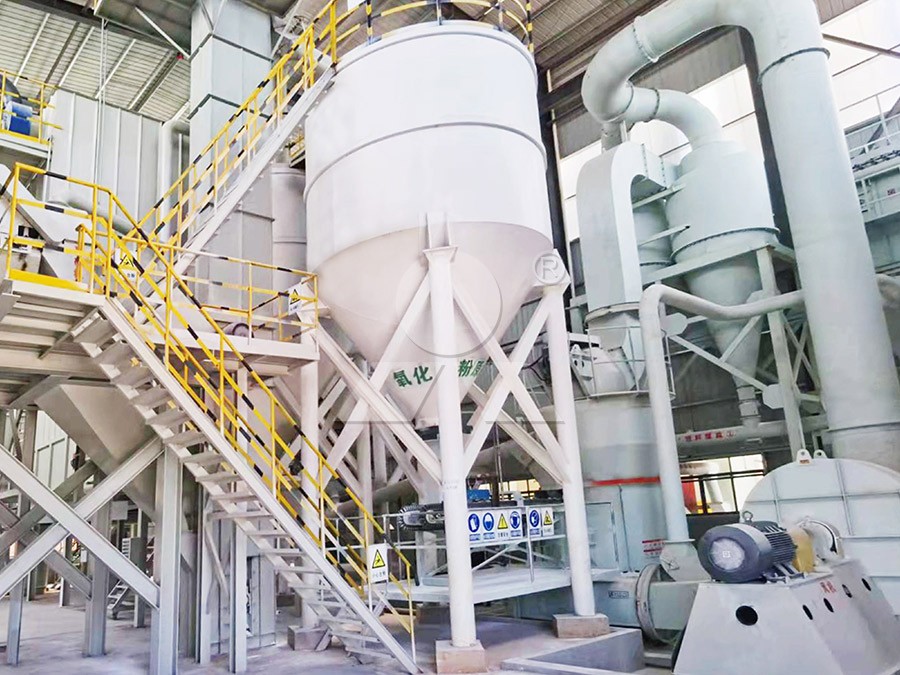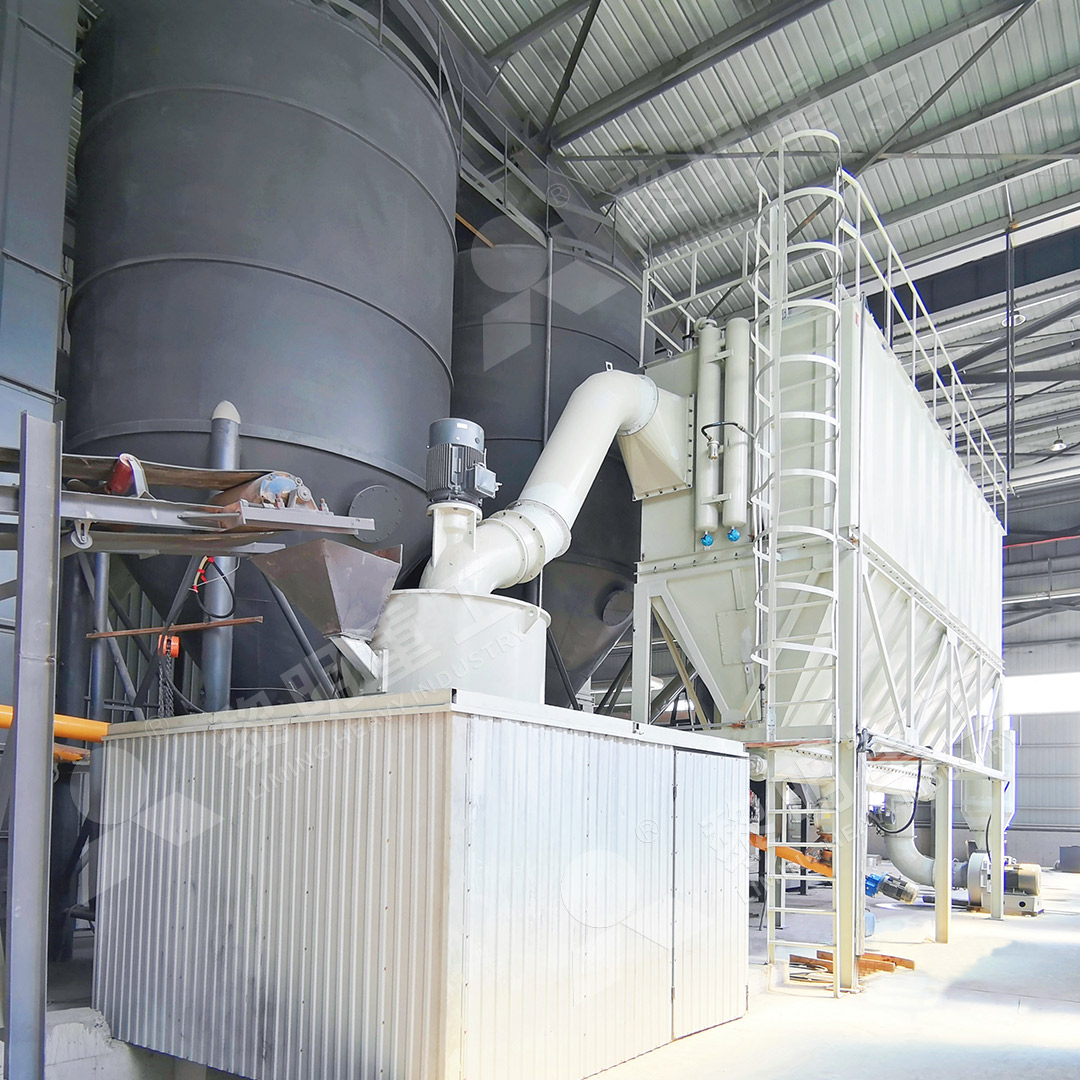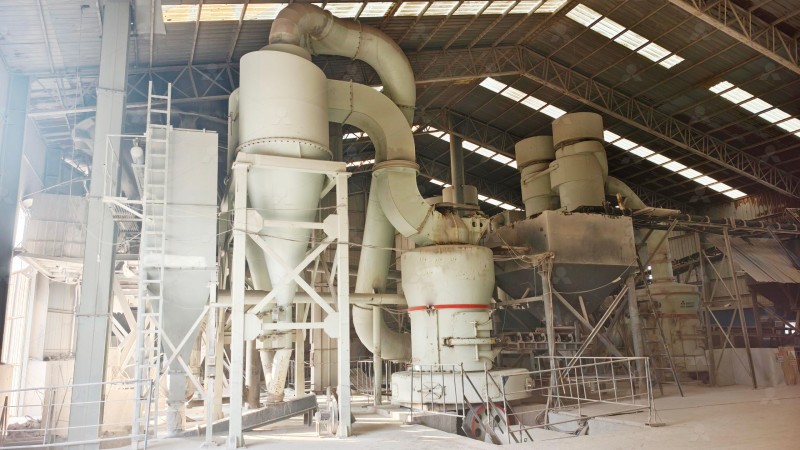Performance Evaluation of Coal Mills in Large Thermal Power Plants
Performance Evaluation of Coal Mills in Large Thermal Power Plants
In the complex ecosystem of thermal power generation, coal milling systems represent a critical component that directly impacts plant efficiency, operational costs, and environmental compliance. As power plants face increasing pressure to optimize performance while reducing emissions, the selection and operation of coal mills becomes paramount to achieving these competing objectives.
The Critical Role of Coal Pulverization
Effective coal pulverization lies at the heart of thermal power plant efficiency. The combustion characteristics of pulverized coal directly influence boiler performance, heat transfer rates, and ultimately, the overall plant thermal efficiency. Modern power plants require consistent, precisely-sized coal particles to ensure complete combustion while minimizing unburned carbon and reducing slag formation.

Traditional coal milling approaches often struggle to balance production capacity with particle size distribution requirements. The limitations become particularly apparent when handling varying coal qualities, which is increasingly common as plants seek to reduce fuel costs through blended coal strategies.
Advanced Milling Technologies for Modern Power Plants
The evolution of coal milling technology has introduced sophisticated solutions that address the multifaceted challenges of thermal power generation. Among these advancements, our MW Ultrafine Grinding Mill represents a significant leap forward in milling efficiency and environmental performance.
This innovative equipment processes coal with input sizes of 0-20 mm and achieves capacities ranging from 0.5 to 25 tph, making it suitable for various scales of power generation. What distinguishes this technology is its integrated approach to milling challenges:
- Higher yielding with 40% increased production capacity compared to jet grinding mills
- Substantially lower energy consumption at only 30% of jet mill requirements
- Adjustable fineness between 325-2500 meshes for precise combustion optimization
- Eco-friendly operation with efficient pulse dust collection and noise reduction
The absence of rolling bearings and screws in the grinding chamber eliminates common failure points, while the external lubrication system enables continuous 24-hour operation—a critical advantage for base-load power plants.

Operational Considerations and Performance Metrics
When evaluating coal mill performance, plant operators must consider multiple interconnected factors. Grinding efficiency directly impacts fuel preparation costs, while particle size distribution affects combustion completeness and NOx formation. Maintenance requirements and component lifespan contribute significantly to overall operating expenses.
Our engineering analysis demonstrates that the MW Ultrafine Grinding Mill’s cage-type powder selector, incorporating German technology, provides exceptional separation precision. This results in more uniform particle size distribution, which translates to improved combustion characteristics and reduced emissions.
For power plants requiring even higher capacity solutions, our LM Vertical Coal Mill offers processing capabilities from 5-100 T/H with input sizes up to 50mm. This system integrates drying and grinding operations while reducing power consumption by 40-50% compared to traditional ball mills—a substantial operational saving for large-scale power generation.
Environmental Compliance and Future Directions
Modern thermal power plants operate under stringent environmental regulations that extend beyond stack emissions to include workplace air quality and noise pollution. The enclosed design of advanced milling systems, coupled with efficient dust collection technology, ensures compliance while protecting operational staff.

As the energy sector continues its transition, the flexibility to process alternative fuels alongside conventional coal becomes increasingly valuable. The broad material compatibility of modern grinding mills positions power plants to adapt to changing fuel economics and regulatory requirements.
Frequently Asked Questions
What maintenance advantages does the MW Ultrafine Grinding Mill offer compared to traditional mills?
The absence of rolling bearings and screws in the grinding chamber eliminates common failure points. The external lubrication system allows for maintenance without shutdown, significantly reducing downtime and maintenance costs.
How does adjustable fineness between 325-2500 meshes benefit power plant operations?
This precision control enables operators to optimize particle size for specific boiler designs and coal types, improving combustion efficiency while reducing unburned carbon and slag formation.
What environmental benefits do modern coal milling systems provide?
Advanced systems incorporate efficient pulse dust collectors that prevent dust pollution throughout the milling process. Combined with silencers and noise elimination rooms, these mills operate well within environmental standards.
How significant are the energy savings with newer milling technologies?
The MW Ultrafine Grinding Mill consumes only 30% of the energy required by jet grinding mills, while the LM Vertical Coal Mill reduces power consumption by 40-50% compared to ball mills—representing substantial operational cost reductions.
